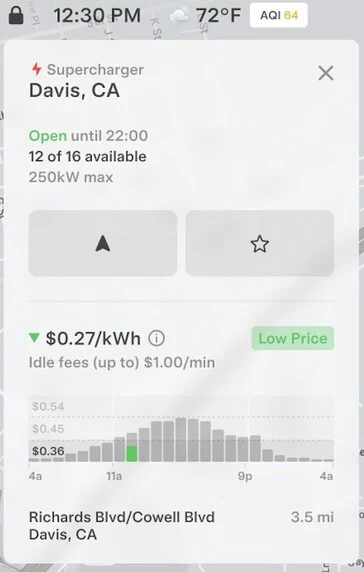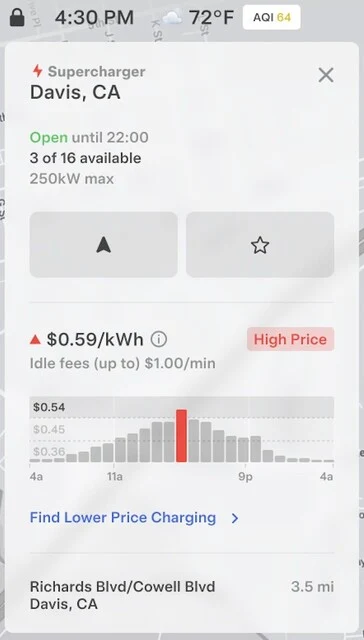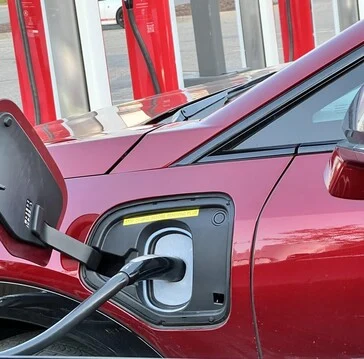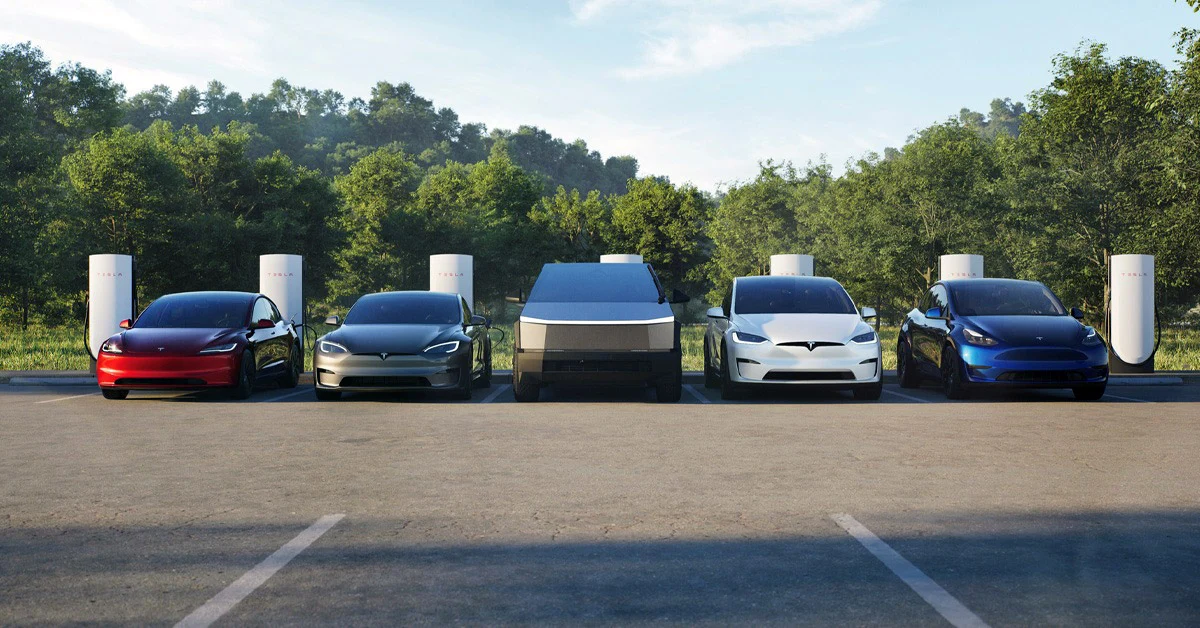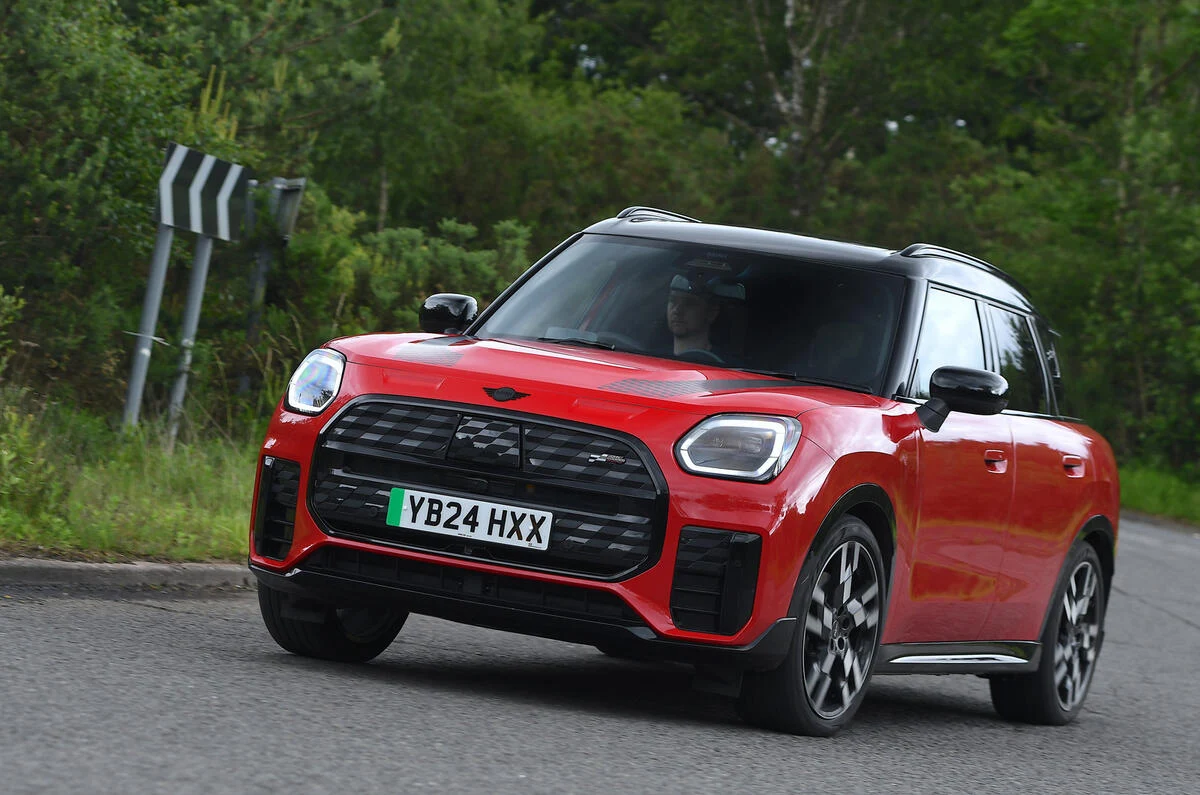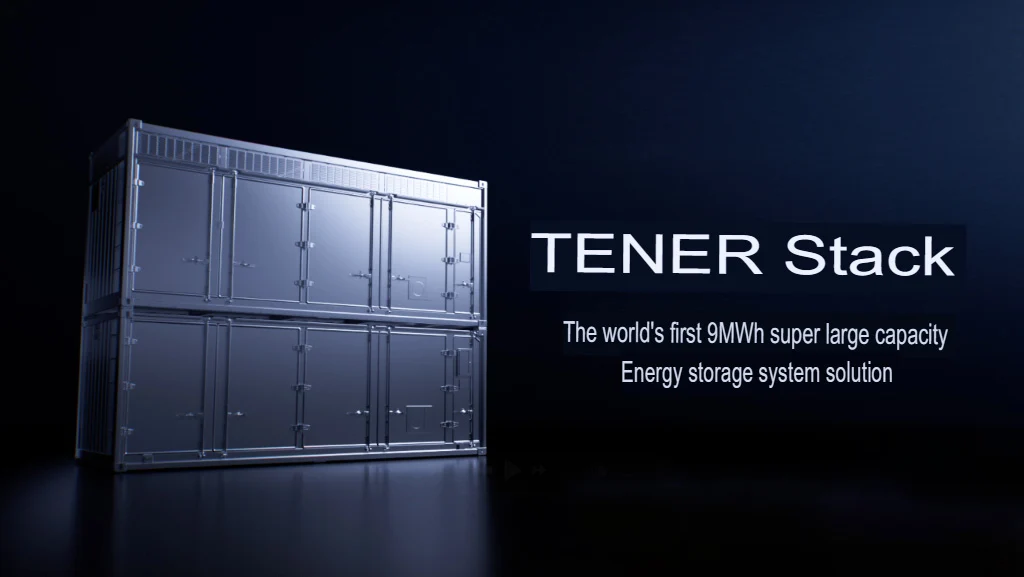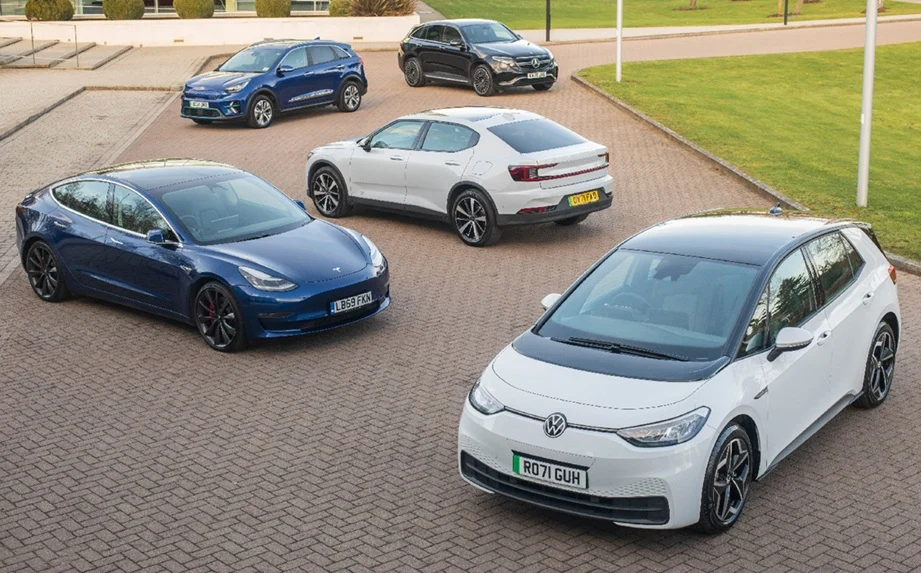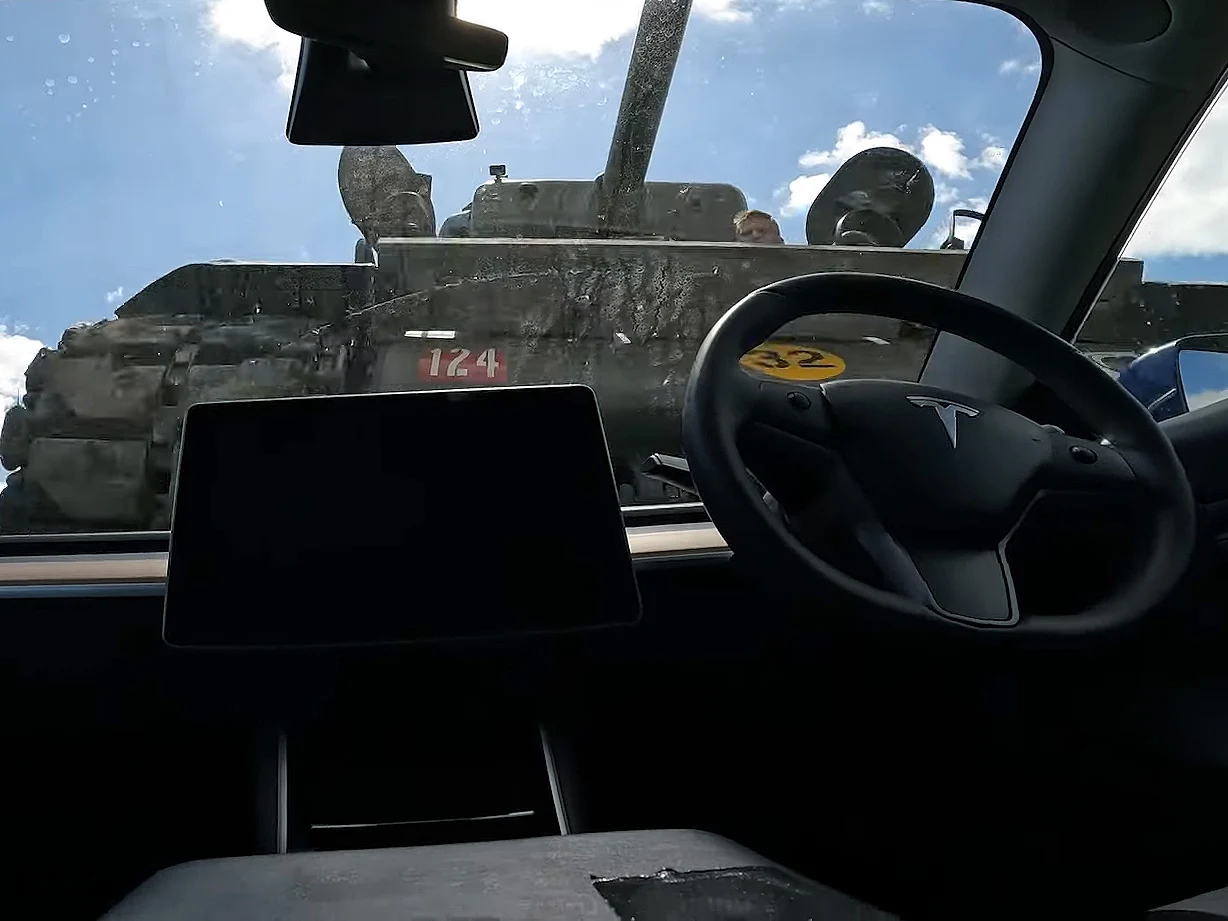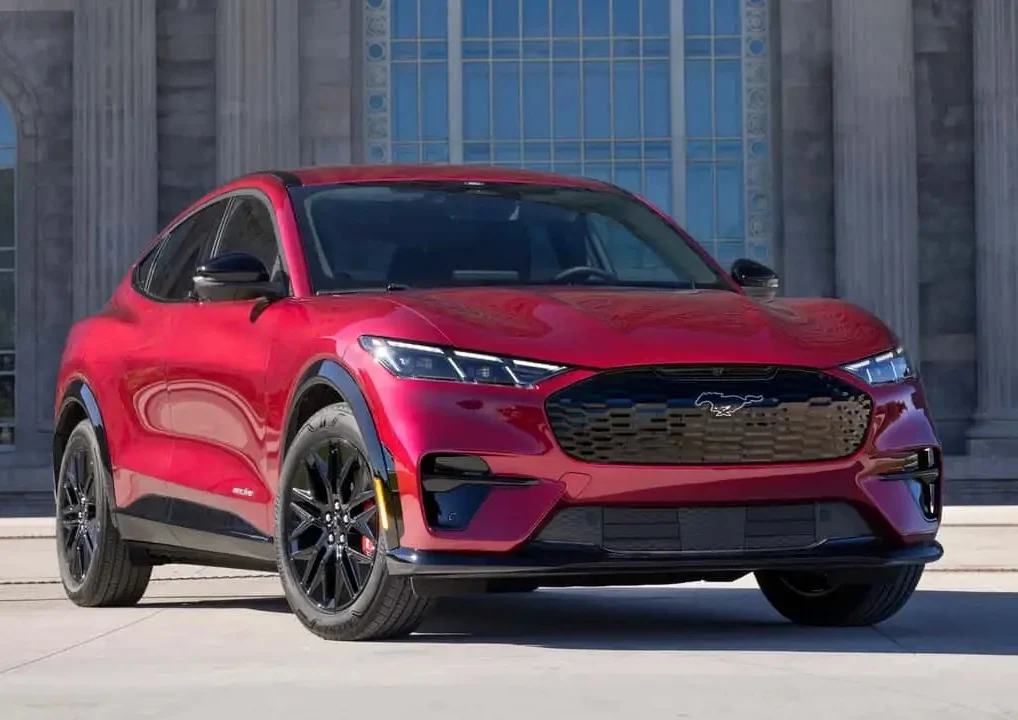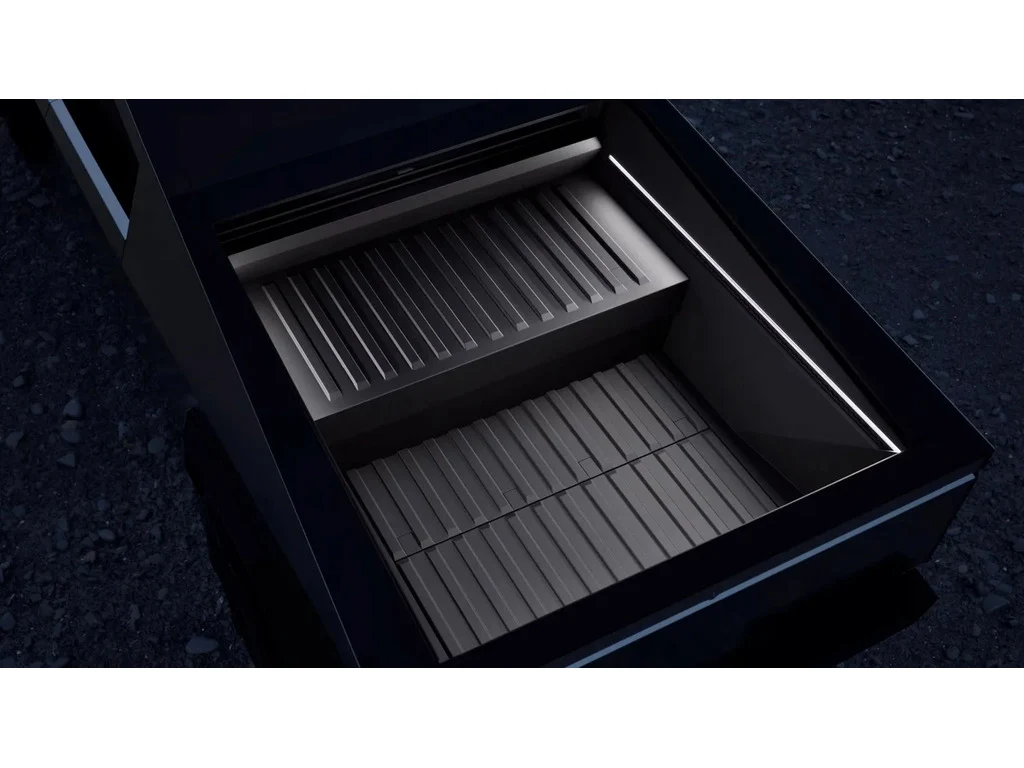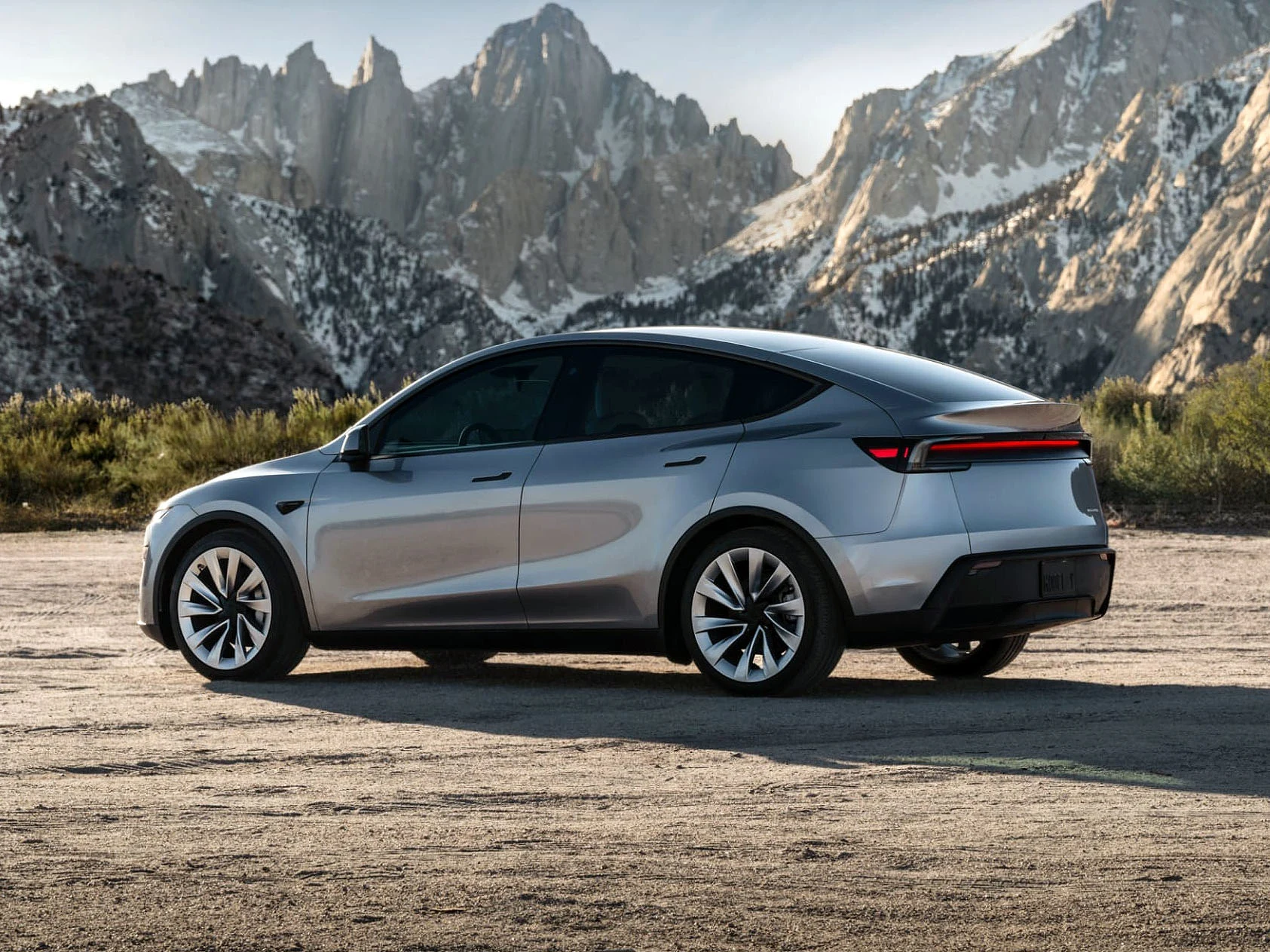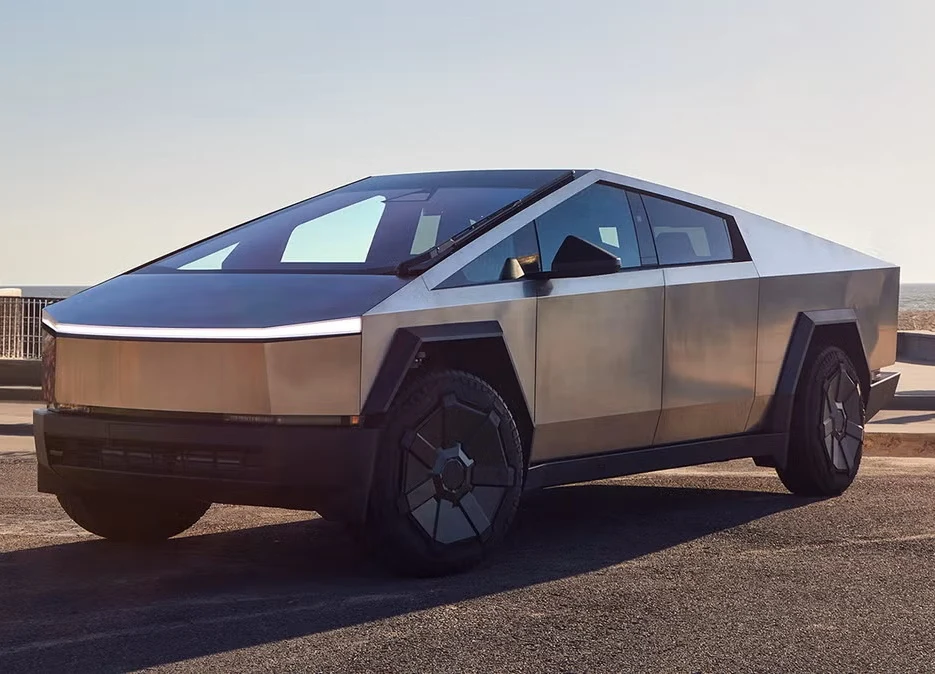Key Takeaways
1. Tesla is expanding its EV charging network with more Superchargers, but wait times at busy locations remain an issue during peak hours.
2. A new virtual queuing system has been trialed to manage the order of cars at Superchargers and reduce line-cutting incidents.
3. Tesla is introducing a dynamic pricing model for Superchargers that adjusts costs based on real-time usage to manage traffic during busy times.
4. The dynamic pricing trial is starting at ten Supercharger stations in California, ensuring prices remain stable during a charging session.
5. Tesla’s Supercharger technology is becoming a standard for charging, with other manufacturers like Hyundai, KIA, and GM starting to adopt it.
While Tesla continues to expand its extensive EV charging network with more Superchargers, the growth is often not rapid enough to eliminate lines and annoying wait times at busy spots during rush hours.
New Virtual Queuing System
Earlier this year, Tesla started a trial of a virtual queuing system designed to help cars in line based on a first-come-first-served approach. This initiative was aimed at reducing the problems that occasionally occur when someone cuts in line at the Supercharger.
Dynamic Pricing Structure
Now, the company is rolling out a dynamic pricing model for Superchargers to help manage traffic during peak times and promote a more balanced distribution of charging sessions throughout the day. The so-called on-peak and off-peak prices are based on real-time data rather than estimates, reflecting the actual usage of each charging station. For instance, if a popular Supercharger is unusually busy during off-peak hours, the price per kWh will increase, thereby discouraging additional drivers from charging if they can wait.
Conversely, if a usually busy Supercharger has several open stalls at a time known for high traffic, the system will drop prices, even if it’s during a peak time. Tesla has now published a list of all Supercharger sites where this real-time off-peak pricing is in effect.
Initial Testing Phase
Tesla is kicking off this dynamic pricing test at ten Supercharger stations in California, with the company stating that average prices will remain quite similar, just more equitably spread throughout the day based on demand. It also assures customers that prices won’t change while charging is in progress; they will stay the same as what is shown at the start of the session, no matter if the station gets busier or not.
This is a significant development, given that Tesla’s Superchargers have become the leading standard for charging, with almost all major EV manufacturers adopting the open-source technology. Earlier this year, Hyundai and KIA vehicles gained access, and now GM is reportedly testing vehicles with built-in NACS ports to charge directly at Superchargers without needing an adapter like the Lectron NACS to CCS kit.
For example, the new Cadillac Optiq does not have a port for direct Supercharger access; GM is retrofitting testing vehicles to collect data on how the Tesla charging system performs under real-world conditions.
Source:
Link
